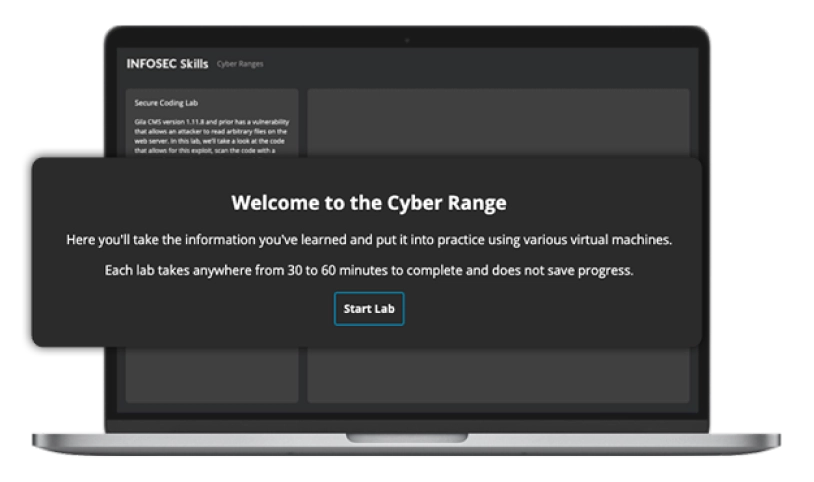
Hands-on Ransomware Mitigation Learning Path
2 hours, 51 minutes
Quick facts
About this learning path
-
courses
100% online
-
Duration
2 hours, 51 minutes
-
Assessment
questions
About Hands-on Ransomware Mitigation
Ransomware has emerged as one of the most impactful and expensive cyber threats of recent years. High-profile attacks have caused significant supply chain disruptions in many industries, and organizations that fall victim to a ransomware infection experience data loss and high costs of recovery. Additionally, as ransomware attacks have evolved, companies face the threat of data breaches, DDoS attacks and direct extortion of their customers. This learning path explores the ransomware threat and the life cycle of a ransomware attack. It dives into how ransomware attacks work under the hood and best practices for preventing, detecting, containing and remediating a ransomware attack. Throughout the learning path, real-world case studies will explore high-profile attacks and how they were handled by their targets.
Syllabus
Introduction to ransomware mitigation
Course - 01:12:00
Introduction to evidence collection
Course - 00:13:00
Honeypots for ransomware detection
Course - 00:06:00
Extracting IoCs from ransomware files
Course - 00:03:00
Open-source intelligence (OSINT) for ransomware identification
Course - 00:04:00
Using YARA for ransomware detection
Course - 00:06:00
File hashing for malware analysis
Course - 00:04:00
Basic ransomware analysis with IDA Pro
Course - 00:06:00
Using a debugger to extract a dropped file
Course - 00:06:00
Exploring process injection in a debugger
Course - 00:05:00
Ransomware process analysis
Course - 00:05:00
Ransomware analysis using network traffic
Course - 00:06:00
Ransomware and the Windows Registry
Course - 00:06:00
Remediating a ransomware infection
Course - 00:28:00
The details
Learning path insights
How to claim CPEs
Should you complete this learning path, you’ll be able to download a certificate of completion. Use this to claim your CPEs or CPUs.
No software. No set up. Unlimited access.
Skip the server racks and spin up a realistic environment with one click. Infosec Skills cyber ranges require no additional software, hardware or server space so your team can spend less time configuring environments and more time learning. Unlimited cyber range access is included in every Infosec Skills subscription so your team can skill up however they learn best.

Unlock 7 days of free training
- 1,400+ hands-on courses and labs
- Certification practice exams
- Skill assessments
Plans & pricing
Infosec Skills Personal
$299 / year
- 190+ role-guided learning paths (e.g., Ethical Hacking, Threat Hunting)
- 100s of hands-on labs in cloud-hosted cyber ranges
- Custom certification practice exams (e.g., CISSP, Security+)
- Skill assessments
- Infosec peer community support
Infosec Skills Teams
$799 per license / year
- Team administration and reporting
- Dedicated client success manager
-
Single sign-on (SSO)
Easily authenticate and manage your learners by connecting to any identity provider that supports the SAML 2.0 standard.
-
Integrations via API
Retrieve training performance and engagement metrics and integrate learner data into your existing LMS or HRS.
- 190+ role-guided learning paths and assessments (e.g., Incident Response)
- 100s of hands-on labs in cloud-hosted cyber ranges
- Create and assign custom learning paths
- Custom certification practice exams (e.g., CISSP, CISA)
- Optional upgrade: Guarantee team certification with live boot camps
